Table of Contents
Types of Valves used in Instrumentation
There are various types of valves are used in almost all types of industries to regulate the flow of liquid or gas.
There are two types by which valves can be operated: Manually or Using Actuator.
The different types of actuators are available such as pneumatic, hydraulic, electric, etc.
It is crucial in some chemical/pharmaceutical industry to operate a valve very precisely. Therefore actuator plays a very important role here.
Valves are installed on equipment to perform the following functions:
- Starting/Stopping of fluid flow.
- Controlling the amount of fluid flow.
- Controlling the direction of fluid flow and preventing backflow.
- Regulating the downstream system or process pressure.
There are various types of valves are used in the industry.
Gate Valves
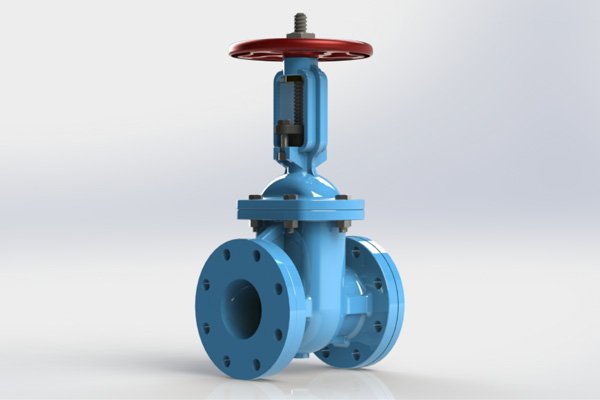
Gate valves have gates like a disc that moves up and down with the use of a screwed stem and handwheel.
The gate valves are generally used where low flow resistance for a fully open valve is desired. Gate valves are designed to operate either in a fully open or fully closed position.
Gate valves are not suitable for throttling service because for an extended period of time will damage both the obstructor and seals.
Globe Valves
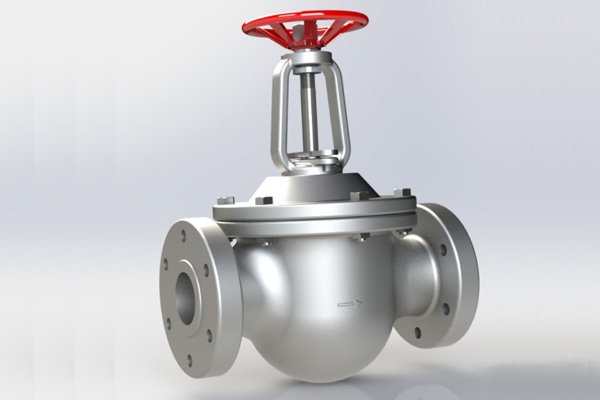
Globe valves have a convex disc-shaped plug which raises and lower via a rising stem into a circular seat around the inside of the globe-shaped body.
The flow of fluid through the globe valve has an S-shaped path. Due to this, the flow direction changes twice which results in a higher pressure drop.
Due to this type of construction, a globe valve is suitable for both ON-OFF and throttling applications. This valve can throttle the flow and they will not leak under the low pressure when they are shut off.
Needle Valves
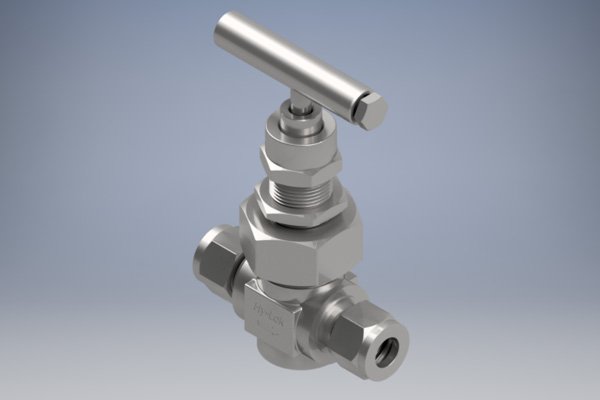
Needle valves are very much similar to globe valves with the main two differences.
One, They are smaller in size and use for fine control of flow.
Two, They used a needle, instead of a disc-shaped plug, which has a conical shape and moves in and out of an orifice.
They are used for continuous blowoff or chemical feed control services.
Ball Valves
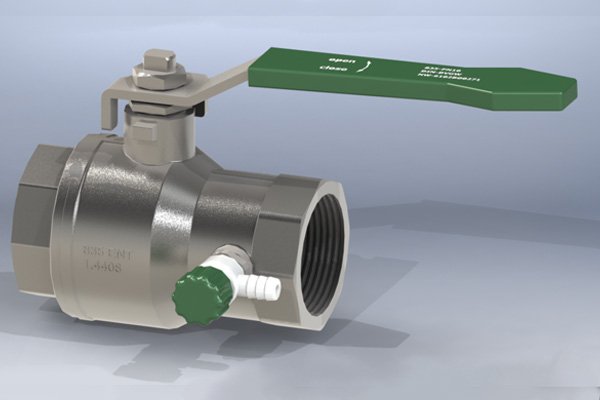
Ball valves have a ball-shaped obstructor which is sandwiched between two cup-shaped seals.
This type of valves is generally used for shut-off or isolation of the system. These valves are designed to be operated fully-open or fully-closed.
The valve is closed by rotating the globe by 90 deg with the use of a lever which also serves as an open or close indicator.
The spherical plug gives precise control of the flow through the valve and also gives a tight shut off when in a fully closed position. The torque required to operate the valve is negligible.
Plug Valves
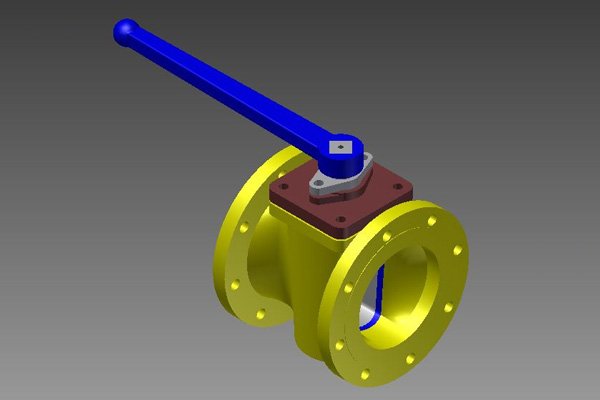
As the ball valve, the construction of the plug valve is almost the same except for the shape of the obstructer. The plug valve used a slightly tapered cylinder-shaped obstructer.
The plug valve is also operated by rotating the lever to 90 deg. These types of valves are primarily used for ON-OFF applications.
Plug valves have an advantage over ball valves in that they contain no voids or cavities in which the media can get trapped. They can be adjusted to fix leaks that may develop over time.
Plug valves can often be used in extreme service applications such as refineries and chemical plants, where the environment of use is corrosive.
Butterfly Valves
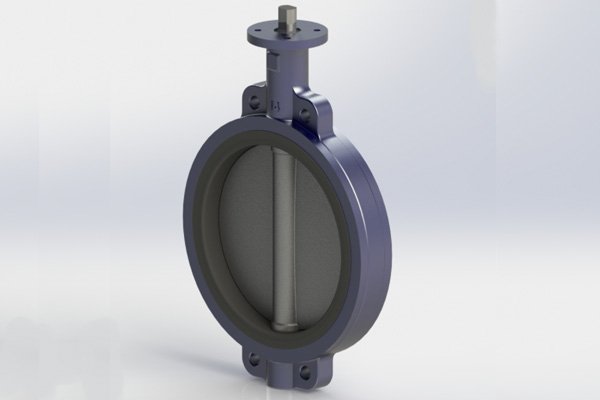
Butterfly valves have a disc-shaped obstructer. Butterfly valves are the most simple but versatile valve in the industry.
They have a single seal ring that acts as a seal between the valve body and disc as well as pipe flanges and valve body.
The flat disc can be rotated by 90 deg to fully open the valve. When a disc is perpendicular to the direction of the flow, the flow is stopped. When a disc is rotated by 90 deg, the flow goes through the valve.
Butterfly valves are commonly used in larger pipe sizes. This valve can be used either full open/close or as a control valve.
They are used in power stations, the oil and gas industry, water treatment plants, etc.
Disc Check Valves
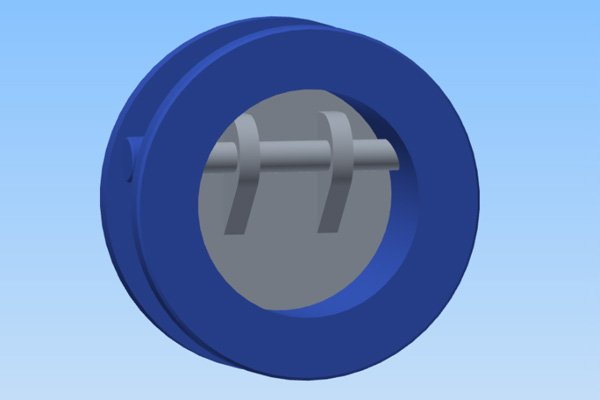
The check valve prevents the reversal of flow in piping. These valves are activated by the flowing material in the pipeline.
The flow of fluid keeps the check valve open, while gravity and reversal of the fluid flow close the valve.
The general types of check valves are swing, tilting disc, diaphragm, etc.
1. Lift Check Valve
When the fluid comes in a forward direction it gets lifted and allows the fluid to flow in this direction.
When the fluid comes in opposite direction, with the support of gravity disc remains on the seat and that keeps the valve closed.
2. Swing Check Valve
In the forward direction of fluid flow disc swings in an open direction to allow the fluid flow, while in opposite direction, the disc rest on the seat keeping the valve in a closed position.
3. Diaphragm Check Valve
This type of valve uses a diaphragm which opens the fluid flow only in a forward direction and stops the fluid flow in opposite direction.
Summary
As you may have seen as the title “Different Types of Valves used in Instrumentation”, you can find also information about several and often applied valves in industries.
It can give you an impression, and a good understanding of the differences between the various types of valves, and how these differences affect the valve function. It will help to a proper application of each type of valve during the design and the proper use of each type of valve during operation.
If you have any further questions then please feel free to ask it in the comment section below.
You can read more articles about Instrumentations and find books that boost your knowledge in the field of instrumentation ⇒
Thanks for reading!
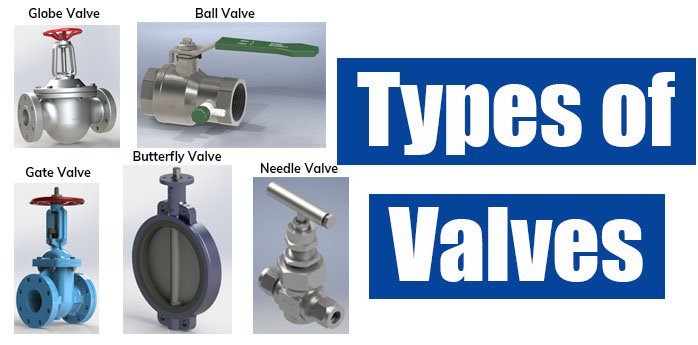
You have written a very good article, I have fully understood, you have cleared all the doubts, thank you very much for this article.